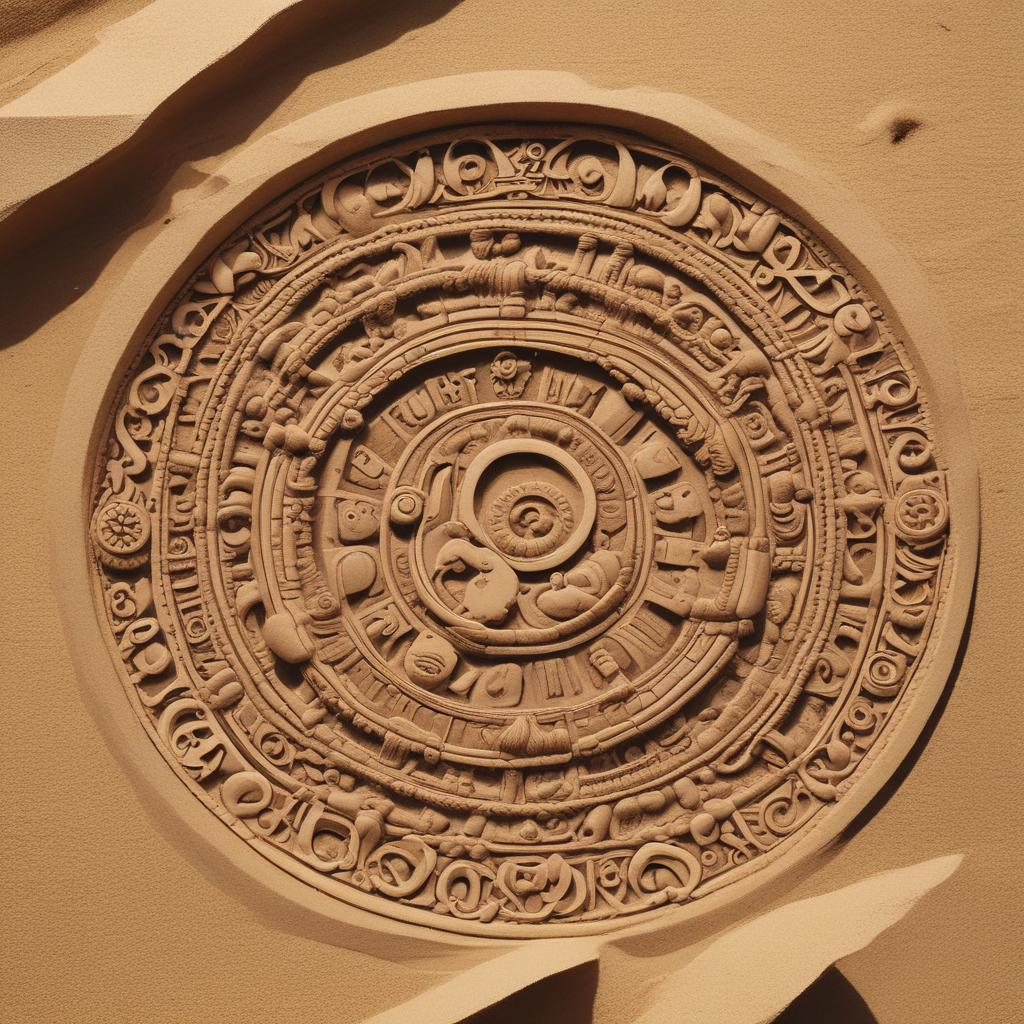The History of Sand Art Across Different Cultures
Sand art, the practice of modeling sand into an artistic form, such as sand brushing, sand sculpture, sandpainting, or sand bottles, is a creative activity that has been practiced through time in various cultures across the globe. From the sandy beaches of Hawaii to the deserts of the Middle East, the creation of sand art has been a form of expression, religious ritual, and, at times, a social activity that brings communities together. Below is an exploration of the rich history of sand art across different cultures.

- Ancient Egypt
The use of sand in ancient Egypt was primarily for religious purposes. Colored sands were used to fill tombs and temples to create symbolic scenes that were believed to guide the deceased in the afterlife. The Egyptians also practiced a form of sand art that included creating floors made from different colored sands, which were then set into patterns and designs to decorate their living spaces and ceremonial grounds.
- Navajo Native Americans
One of the most renowned forms of sand art comes from the Navajo people of North America, known as sandpainting. This form of sand art is deeply spiritual and used in healing ceremonies. Crushed stones, minerals, and sands are used to create images on the ground. These images represent stories and teachings from Navajo religion. Sandpaintings are meant to be temporary, often destroyed at the end of the ceremony to signify the impermanence of life.
- Tibetan Buddhist Mandalas
In Tibetan culture, the creation of sand mandalas is a highly spiritual process carried out by Buddhist monks. The mandala is constructed from colored sand and is a temporary work that represents the transient nature of reality. After days or weeks of creation, the mandala is ceremoniously destroyed, and the sands are typically poured into a nearby river to spread the blessings of the mandalas.
- Indian Rangoli
Rangoli is a form of sand art that originates from India. It involves creating patterns on the floor using materials such as colored sand, flower petals, and rice powder. These patterns are typically intricate and brightly colored, created during Hindu festivals and religious events to bring good luck and welcome Hindu deities. The art is temporary; patterns are often swept away and recreated regularly, reflecting themes of renewal and impermanence.
- Japanese Zen Gardens
Japanese Zen gardens are a testament to the meditative use of sand in art. These gardens use sand to symbolize water, raked in patterns that suggest rippling water around stone islands or through gravel rivers. Zen gardens are meant to encapsulate the essence of nature and help in meditation and relaxation, revealing how sand can be used to foster tranquility and introspection.
- Australian Aboriginal Art
In Australia, Aboriginal communities have used sand as a medium for storytelling and spiritual expression. Designs are drawn in the sand to illustrate stories during ceremonial songs and dances. These are temporary creations, typically part of larger storytelling traditions that connect the community members to their ancestral past and the spiritual world.
- Brazilian Sand Sculpture
Brazil's beaches, particularly those in Rio de Janeiro, are famous not only for sunbathing and volleyball but also for elaborate sand sculptures. Professional artists and casual creators alike shape detailed and impressive sculptures ranging from small animals to massive, intricate scenes. These works display both the artistic potential of sand as a medium and the beach culture of Brazil.
- Hawaiian Sand Sculpture Festivals
Hawaii's sand sculpture festivals harness the spirit of Aloha with competitions and exhibitions held on its beautiful beaches. Here, artists gather to create massive sculptures that can be ornate castles, mythical creatures, or scenes from Hawaiian lore. The festivals are vibrant, with a focus on both the artistry of sand sculpture and the preservation of Hawaiian culture and traditions.
The diverse practice of sand art across various cultures illustrates not only the universal appeal of sand as a medium but also the rich tapestry of meanings that different societies attach to this ephemeral art form. From spiritual rituals to public festivals, sand art continues to be a potent symbol of cultural expression around the world, reflecting both the creativity of individual artists and the shared identities of communities. Through these grains of sand, we catch a glimpse of the vastness of human imagination and the beauty of transient art.


.jpg)





.jpg)



.png)
0 Comments